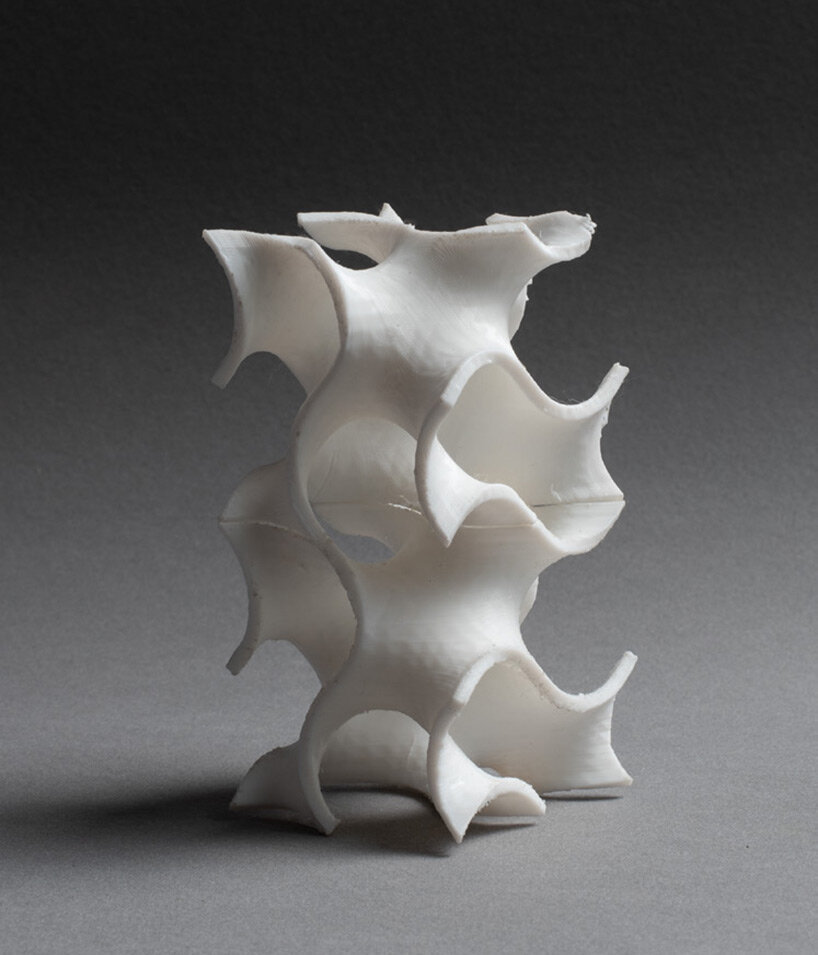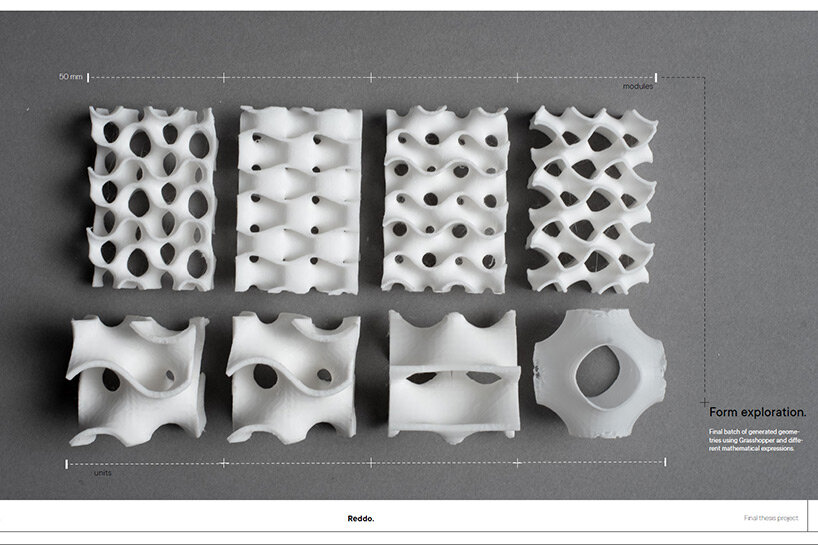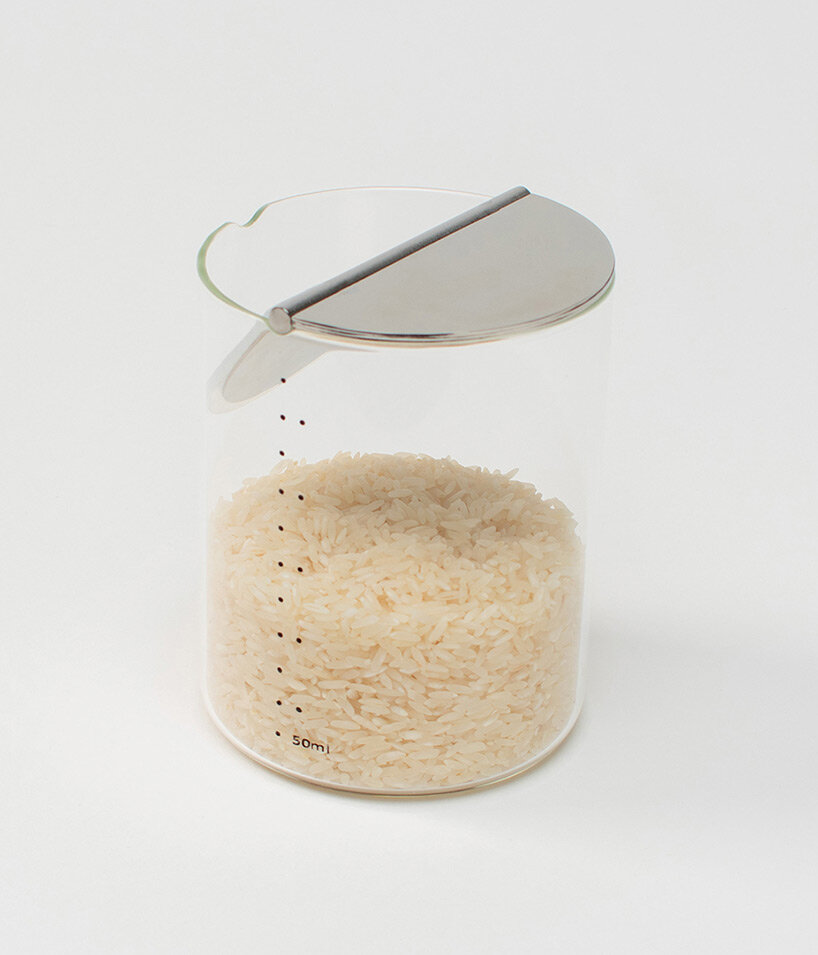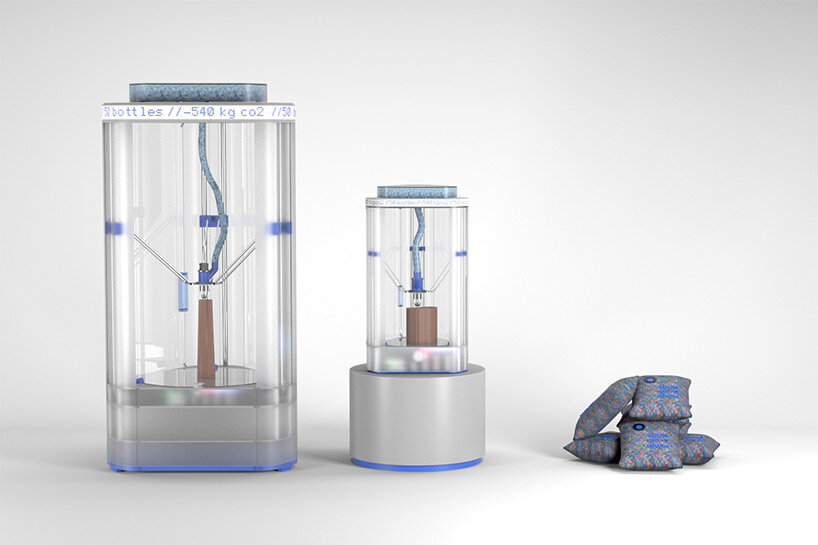IED students direct the social role of design improving living conditions
IED – Istituto Europeo di Design presents the best student projects
IED – Istituto Europeo di Design presents a selection of the best, explorative projects from the school’s undergraduate degrees in Product Design and Interior Design. Through their projects, the students seek to direct the social role of design as topics range from waste management and sustainable consumption to nature, and improving living conditions for those most in need.

Reddo by Francesco Lucini
all images courtesy of IED – Istituto Europeo di Design
THE PROJECTS AIM TO PURSUE A POSITIVE IMPACT ON THE ENVIRONMENT
Working on different areas, students followed the fil rouge of designing products usable by everyone regardless of their ability, age, or status in life. They analyzed with an innovative perspective how to manage different kinds of waste to realize their products and give these materials a second life even more beneficial and socially impactful than the original one. IED projects are fully aware of how design is part of a system made of people and their needs. All projects have as a common core the desire to pursue solutions to improve environmental, social and cultural conditions to create a positive impact, that’s what we aim for in IED: building a better future.

Reddo by Francesco Lucini turns oyster shells into concrete 3D printed structures
Reddo by Francesco Lucini is an investigative and speculative project on the use of oyster shells as a raw material. The aim is to design a nature centered product in order to generate a circular economy for this type of natural waste. The necessity of finding a second purpose for oyster shells came from the discovery of the massive quantity of waste produced every year; for this reason, Reddo opens a debate on different topics, such as waste management, coastal erosion and marine environmental health. Through the use of computer technologies and new manufacturing techniques, the project turns the shells into concrete 3D printed structures to propose a solution for those areas of the world that are more sensitive to climate change. For its creativity, the product was awarded with a special mention during the Superalone 2022 Grad Show exhibition, and was displayed at Salone Satellite 2022.

Sway by Xueyu Ji is a measuring instrument for the blind
Sway is a measurement instrument that transforms visual information to auditory. Measuring is a challenge for blind people and the current products on the market are designed for sighted. Sway in return, gives a visual feedback with a simple and understandable mechanism: the lid which is placed on the container as a seesaw acts like a measuring spoon. When the weight of the liquid or solid it carries exceeds 50 grams, it swings down and empties and when it returns, it bumps against the edge of the container making a sound to notify the user.

Sbun-Design: Rethinking Plastic by Andrea List, Leonardo Santambrogio and Matteo Mulas, makes 3D printing sustainable
Sbun-Design: Rethinking Plastic by Andrea List, Leonardo Santambrogio and Matteo Mulas, is an extruder for 3D printers, an experiential website and a transparent 3D printer. With the help of the extruder, the printing process becomes sustainable as CO2 emissions are cut, while the website shapes the printing experience by creating high value products together with designers. The production chain of 3D printing generally comprises three steps: the plastic waste; shredding it into flakes and pressing it into pellets; and the processing for the final filament – which is essentially the base material for printing.
Sbun-Design: Rethinking Plastic in progress
The young IED designers behind the start-up aim precisely to shorten the plastic production chain, thus reducing material costs and the amount of CO2 released during the process. Through an unprecedented extrusion system developed by the authors themselves, a 3D printer designed ad hoc and adapted to this system, aims for maximum transparency in showing itself to the user. The interface with the end customer is an experiential site that proposes the sale of Sbun-Design products, while also showing the real time progress of the complements thanks to a special webcam positioned on the printer.



